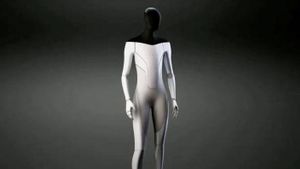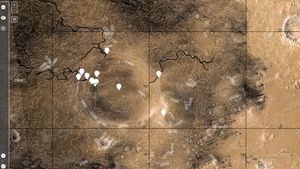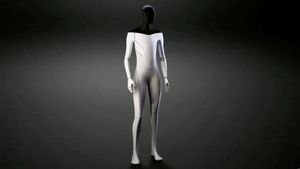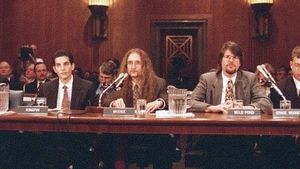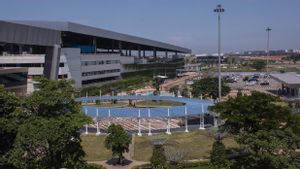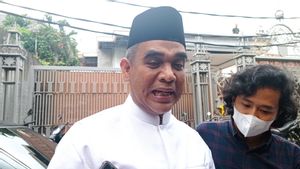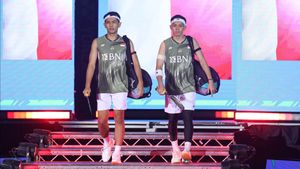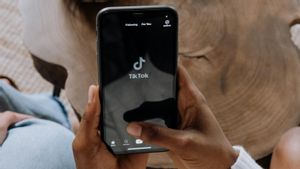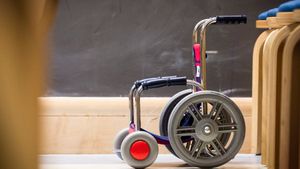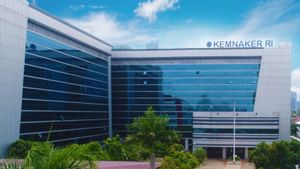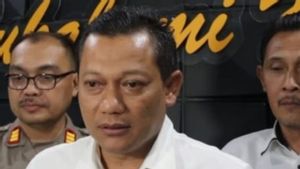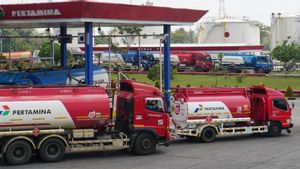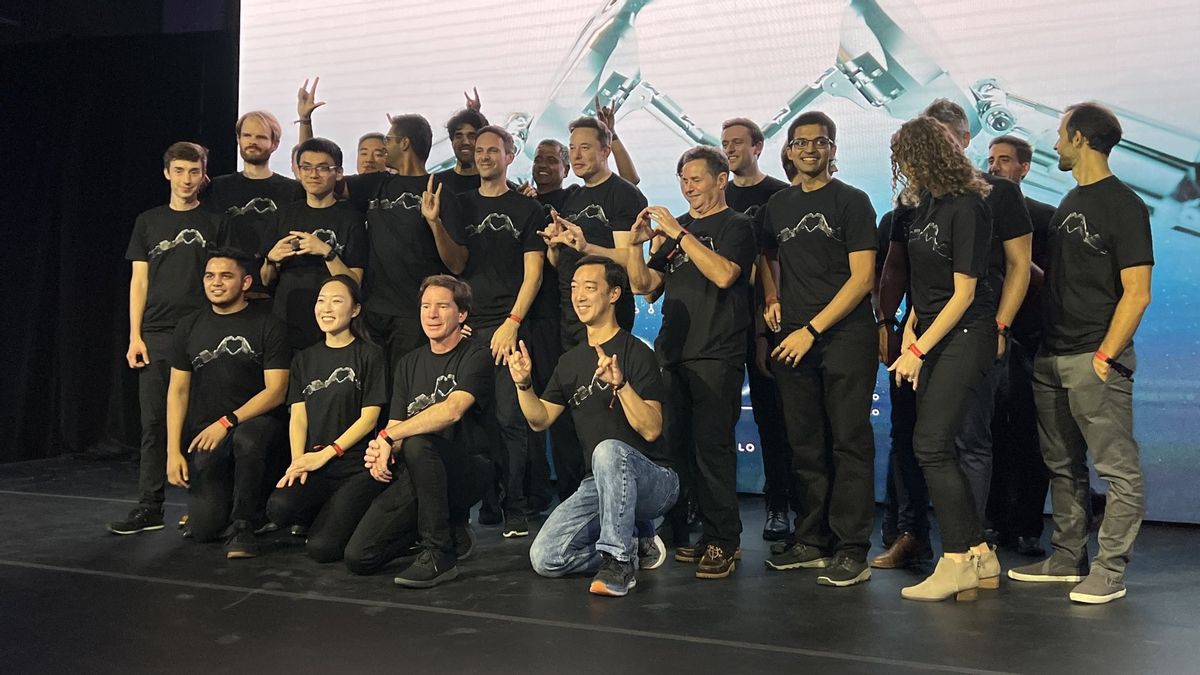
JAKARTA - Tesla CEO Elon Musk on Friday, September 30, showed off a prototype of the humanoid robot 'Optimus'. Many predict electric vehicle makers will be able to make millions and sell them for under $20,000 or less than a third of the price of a Tesla Model Y car.
Musk said he expects to be ready to take orders for the robot in the next three to five years, and described efforts to develop the product for a decade or more. It's the most detailed vision he's given to date of a business he says could outweigh Tesla's EV revenue.
Tesla's drive to design and build robots for the mass market that will also be tested by working in its factories sets it apart from other manufacturers who have experimented with humanoid robots.
The eagerly awaited reveal of a prototype robot at Tesla's offices in Palo Alto, California is also part of what Musk describes as an effort to get Tesla seen as a leader in a field like artificial intelligence, not just a company that makes "cool cars."
An experimental test robot that Tesla said it developed in February walked out to wave at the crowd last Friday, and Tesla showed a video if the robot was capable of performing simple tasks, such as watering plants, carrying boxes and lifting metal rods at production stations at the company. California. Musk calls it Optimus and says it will be up and running in a few weeks.
"There's still a lot of work to be done to perfect Optimus and prove it," Musk said. "I think Optimus is going to be amazing in five or 10 years, like amazing."
He says existing humanoid robots are "losing brains" - and the ability to solve problems on their own. Instead, he argues, Optimus will be a "highly capable robot" that Tesla wants to produce in the millions.
Other automakers, including Toyota Motor and Honda Motor, have also developed prototypes of humanoid robots capable of doing complex things like throwing basketballs, and production robots from ABB and others are a mainstay of car manufacturing.
But Tesla is alone in pushing market opportunities for mass-market robots that can also be used in factory work.
Tesla's next-generation bot will use Tesla-designed components, including its body-carrying 2.3 kWh battery pack, chip system, and actuators to propel its limbs. This robot is designed to weigh 73 kg.
Tesla engineers, who like Musk all wear black T-shirts with metallic robotic hands drawn in the shape of a heart, explain how they developed the robot's features, including in areas such as how fingers move, with a focus on manufacturing costs. lower production.
"We're trying to follow the goal of the fastest path to a useful robot that can be built with volume," Musk said.
Humanoid Robots
By expanding its robotics business, Musk said, Tesla is changing the terms of its famous mission statement that has become part of its appeal to investors and climate activists by committing to "accelerate the world's transition to sustainable energy."
"Optimus is not directly in line with the acceleration of sustainable energy," Musk said. "I think his mission has expanded somewhat with the advent of Optimus - you know, I didn't know: to make the future extraordinary."
Musk described the event as being meant to recruit workers, and that the engineers on stage catered to a technical audience. They detailed the process by which Tesla designed a robotic arm and used crash simulator technology to test the robot's ability to fall without breaking.
Musk, who has spoken before about the risks of artificial intelligence, said the mass launch of robots had the potential to "change civilization" and create "a future of abundance, a future without poverty." But he said he believed it was important that Tesla shareholders had a role in scrutinizing the company's efforts.
"If I go crazy, you can fire me," Musk said. "This is important."
SEE ALSO:
Much of the reaction on Twitter has been positive, with a focus on the speed with which Tesla's development efforts have been going since August last year, when Tesla announced its project with stunts that had a person in a white coat simulate a humanoid robot.
Henri Ben Amor, a professor of robotics at Arizona State University, said Musk's target price of $20,000 to sell the robot was a "good proposition," because it currently costs around $100,000 to build a humanoid robot.
"There is some difference between the type of ambition and what they display. When it comes to agility, speed, ability to walk steadily and so on, there is still a lot of work to be done," Amor said.
Aaron Johnson, a professor of mechanical engineering at Carnegie Mellon University, also said the need for the robot was debatable.
"What's really impressive is that they're getting to that level very quickly. What's still a bit hazy is what the actual use case is for them to make these millions," Johnson said.
Tesla also discussed its long-delayed self-driving technology at the event. Engineers working on automated self-driving software explain how they train the software to choose actions, such as when to join traffic, and how they speed up computer decision-making processes.
In May, Musk said that the world's most valuable automaker would be "essentially zero value" without achieving full self-driving capability, and facing growing regulatory investigations, as well as technological hurdles.
Musk said last Friday that beta testing of Tesla's full self-driving capability would be "technically" ready for a global rollout by the end of 2022, but regulations were a hurdle.
The English, Chinese, Japanese, Arabic, and French versions are automatically generated by the AI. So there may still be inaccuracies in translating, please always see Indonesian as our main language. (system supported by DigitalSiber.id)


